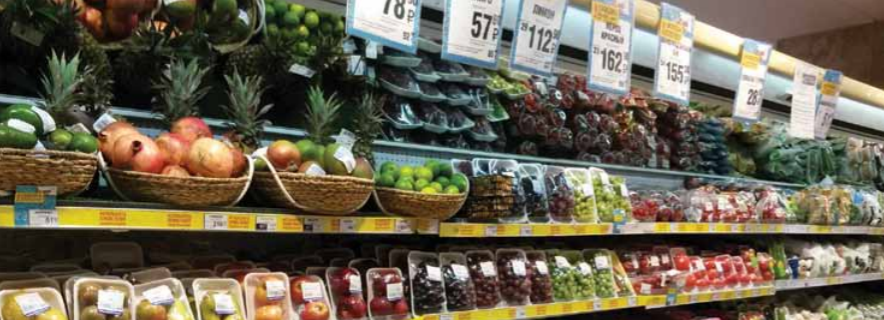Russia: moderate 8% setback
Russia’s fruit imports have decreased less than expected, dropping from 6. 3 million tons in 2013 to 5 million tons in 2015.
All players in the fruit and vegetables market are well aware that fruit imports into Russia have decreased significantly since the food embargo it introduced in 2014. Indeed, from 6. 3 million tons in 2013, Russia’s fruit imports fell to 5.6 million tons in 2014 and to 5 million tons in 2015, the country’s customs data shows. A deep market analysis was presented during WorldFood expo during a conference organised by RK Marketing and FruitNews media. It included well-advised speakers such as Ilya Vinkler from the research consumer panel GfK Russia.
Abrupt cutback in value-added categories
Imports of nuts, dried fruit and kiwis into Russia have decreased the most, by 57%, 50% and 49% respectively. Other fruit that suffered most are apples (-35%), tropical fruit (-33%), pears (-32%) and grapes (-30%). But imports have remained almost the same in some categories – bananas, citrus and kaki – and in the case of melons and watermelon increased 21%. What is remarkable, however, is that fruit imports overall would have shrunk more under the embargo, if not for some fruit being imported illegally. Belorussia has notably become one of Russia’s top three suppliers, soaring from fruit exports of 208,000 tons in 2013 to 829,000 tons in 2015. Russia has a low level of domestic fruit production, something that has not changed much since the embargo. However, the amount of Russian-grown deciduous fruit (apples and pears) has risen from 614,000 tons in 2013 to 642,800 tons in 2015, that of grapes from 342,500 tons to 362,000 tons, and berries from 12,260 tons to 14,700 tons. Meanwhile, the stone fruit crop has shrunk from 40,300 tons to 29,900 tons. It is worth remembering, however, that 46% of Russians own a plot on which they grow their own fruit and vegetables to eat fresh and many also preserve and freeze them for winter.
This is an excerpt from an article which appeared on page 26 of edition 146 of Eurofresh Distribution magazine. Read that issue online here.



